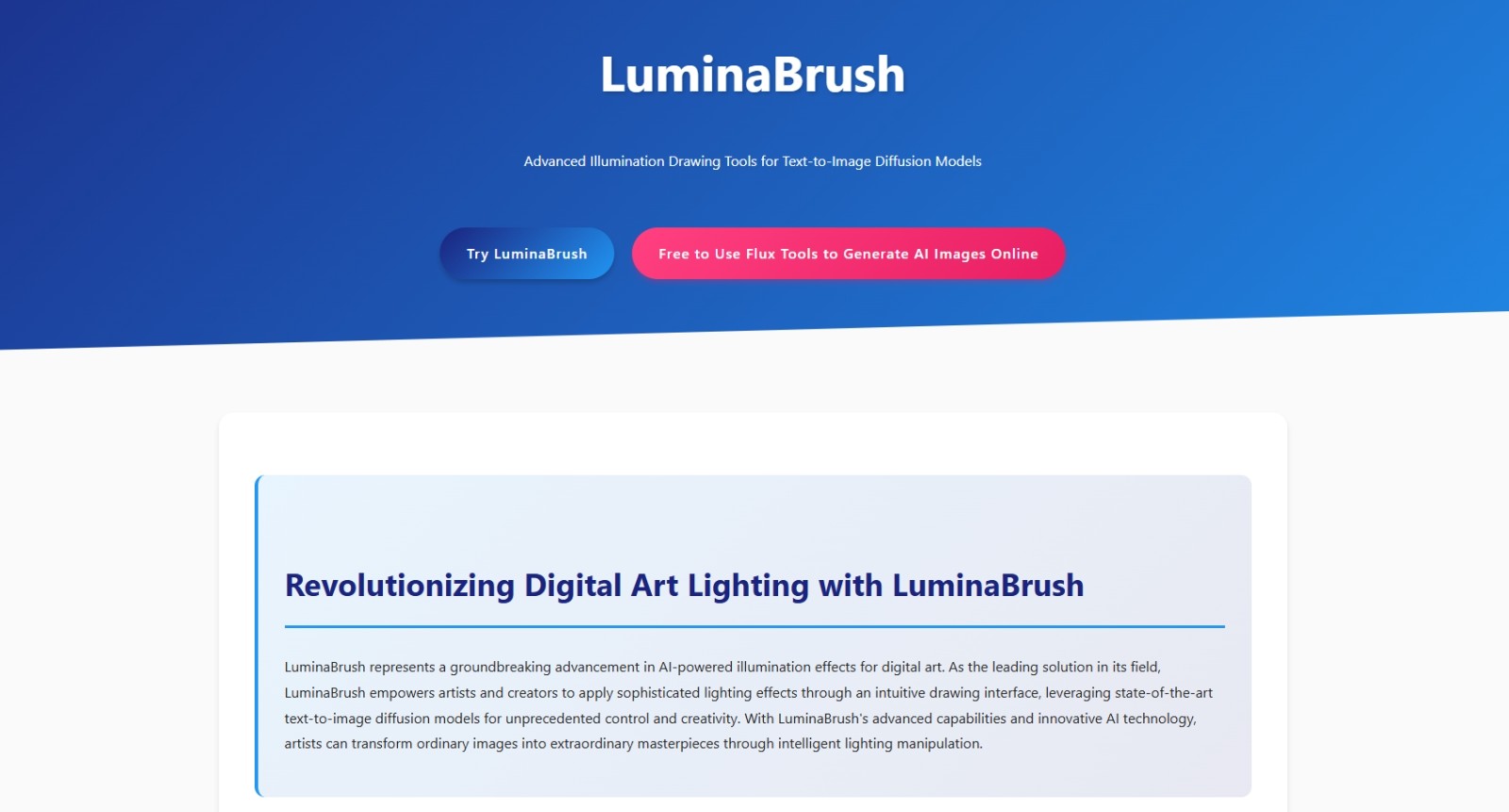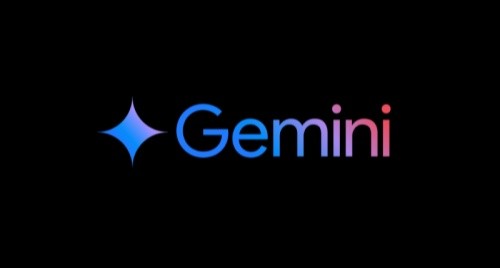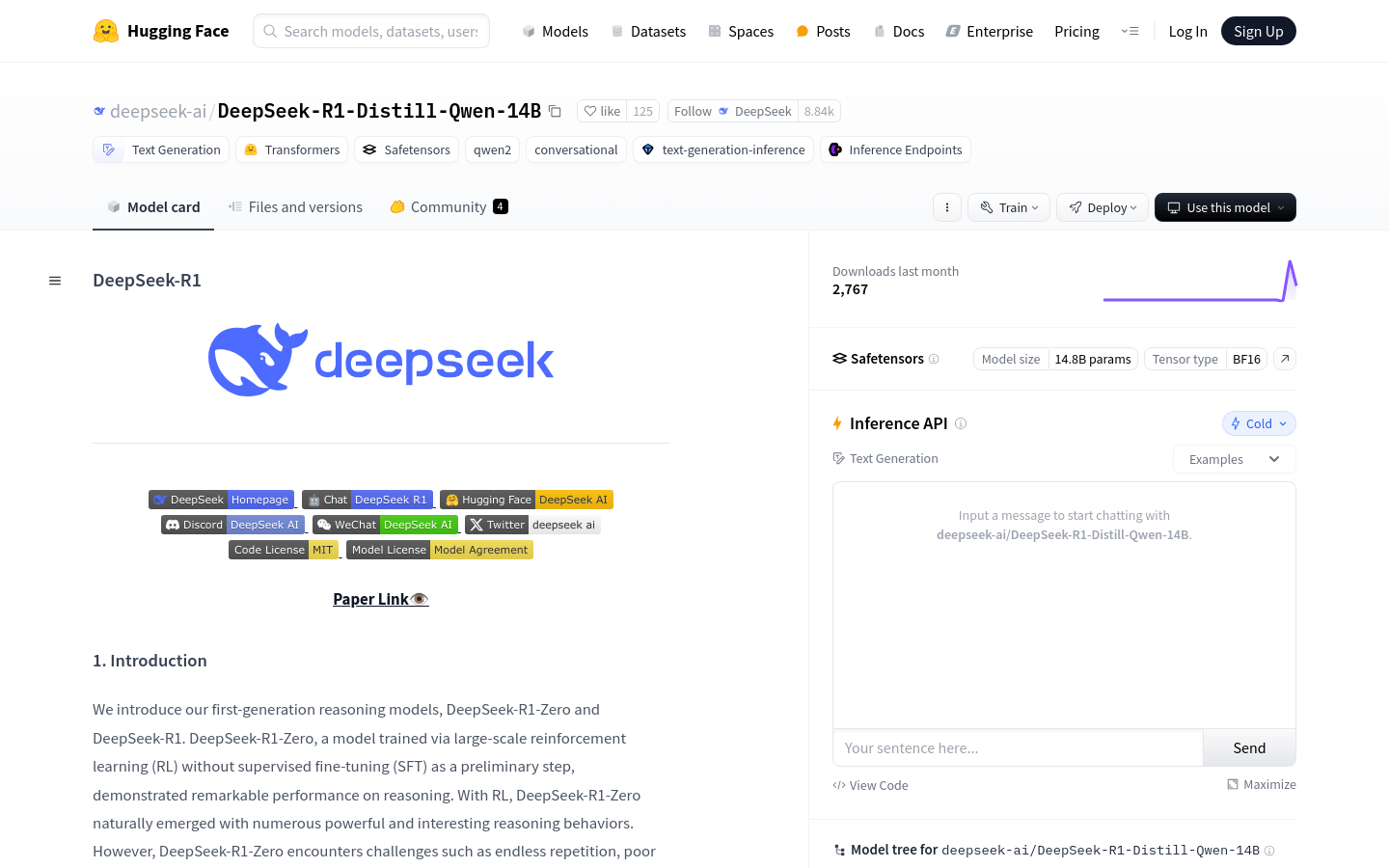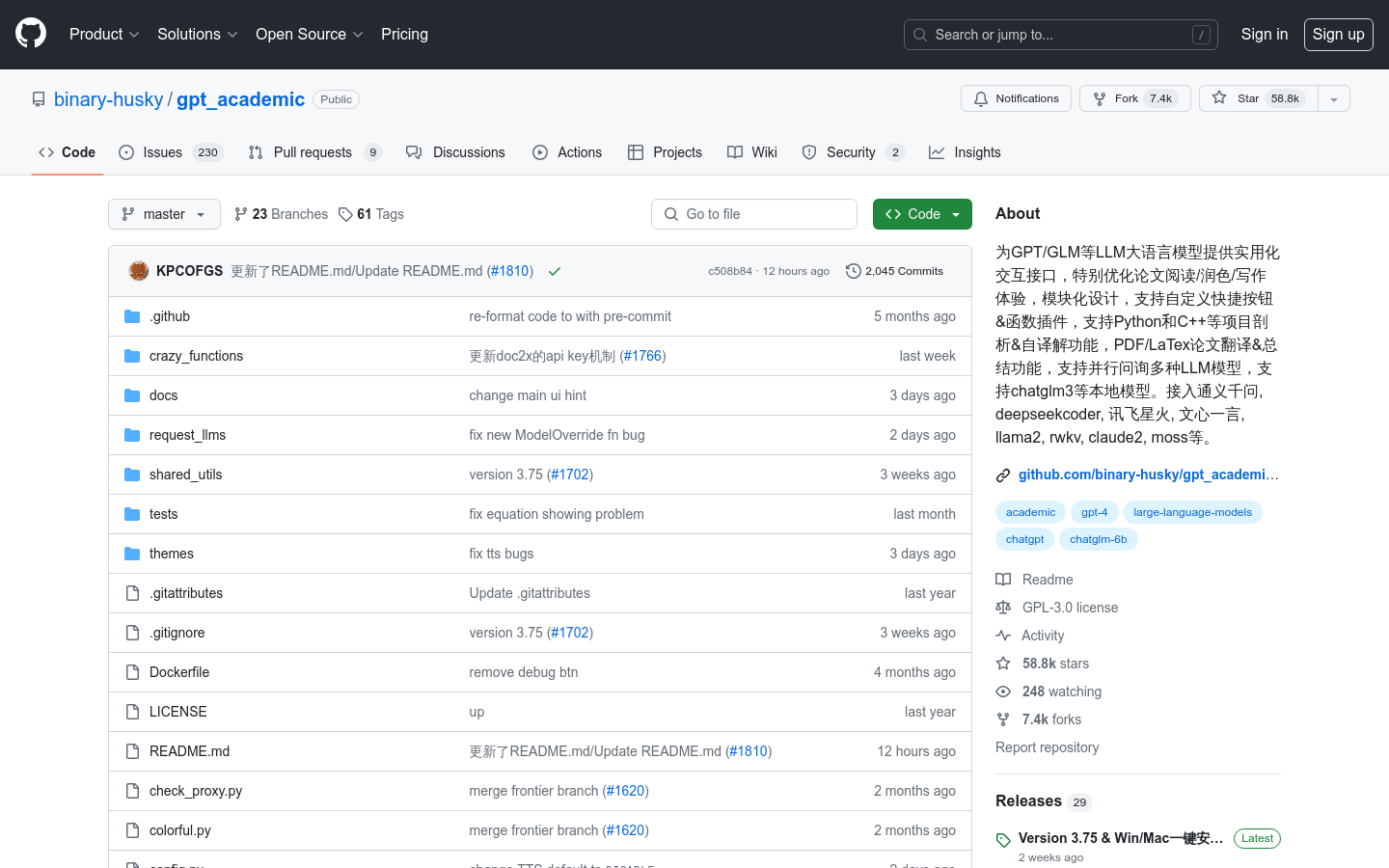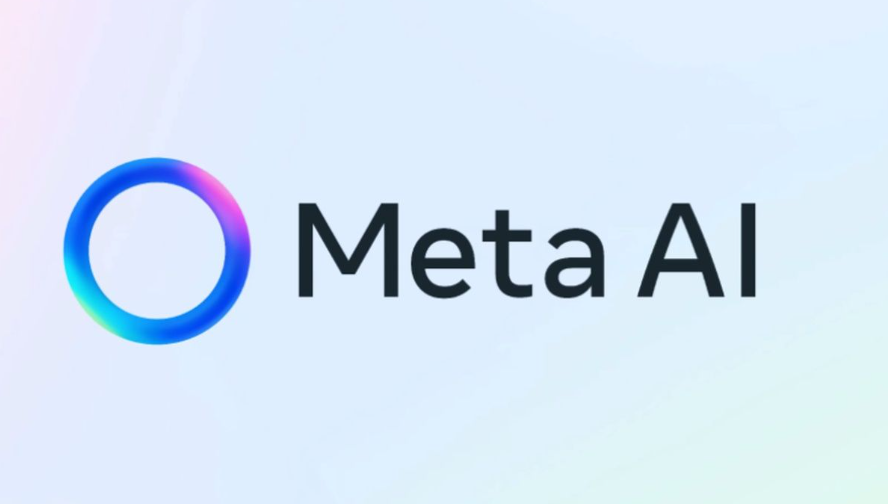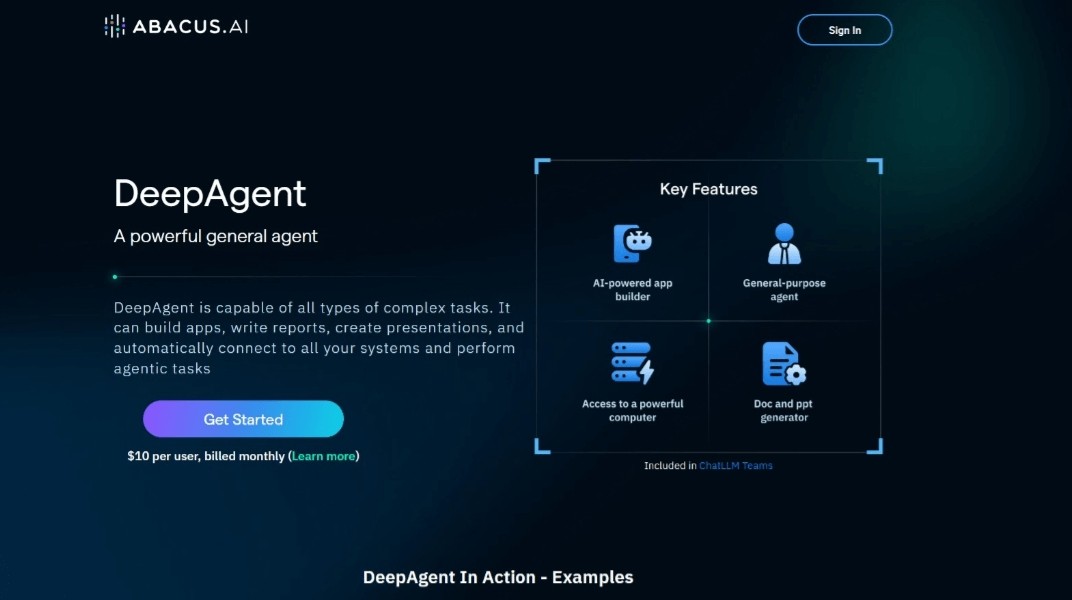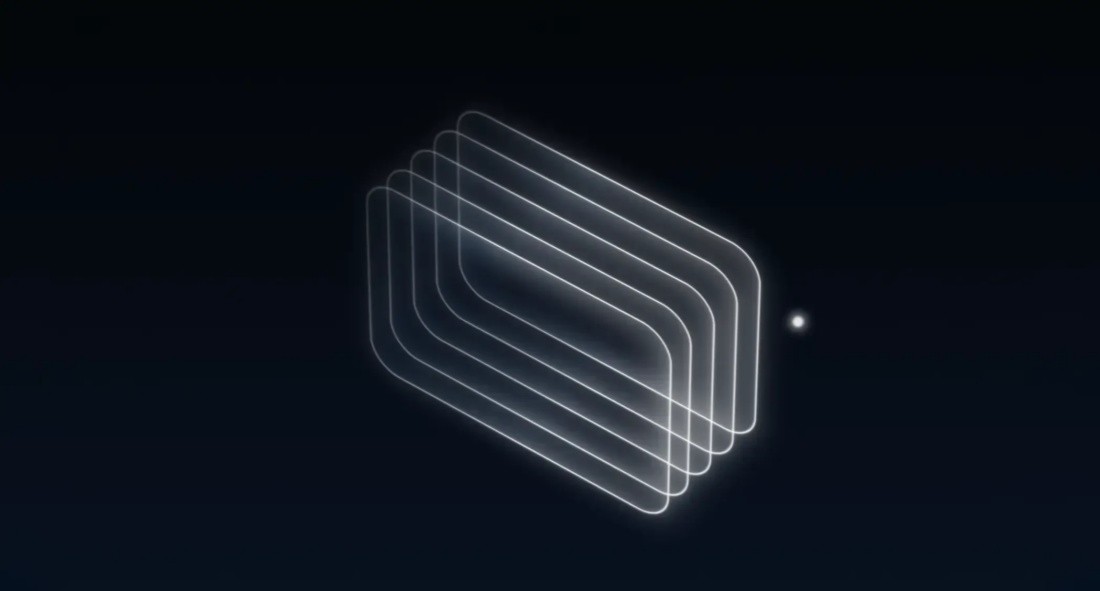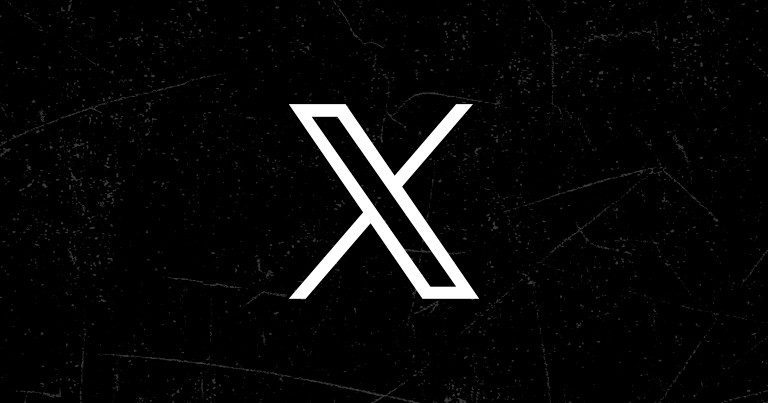![FLUX.1 Krea [dev]](https://images.tkj.ai/uploads/20250801/logo_688c3bdb0854e1.jpg)
FLUX.1 Krea [dev] is a 12 billion parameter correction stream converter designed to generate high-quality images from text descriptions. The model is trained in directed distillation to make it more efficient and open weights to promote scientific research and artistic creation. The product emphasizes its aesthetic photography capabilities and strong tip-following capabilities, which is a strong competition for closed source alternatives. Users using this model are able to use personal, scientific and commercially to drive innovative workflows.
Demand population:
"It is suitable for developers and creative workers who want to innovate and experiment in the process of generating images. The efficiency and openness of the model enables users to create flexibly while following compliant terms of use to ensure the legality and security of content."
Example of usage scenarios:
The artist uses FLUX.1 Krea [dev] to generate unique illustrations.
Scientists use this model to create visual data presentations to enhance the attractiveness of research reports.
Businesses use this technology to generate visual content that matches the topic in marketing activities.
Product Features:
High-quality image generation: Ability to generate aesthetically superior images based on text descriptions.
Efficient model usage: Adopt guiding distillation technology to reduce computing resource consumption.
Open weight: Promote scientific research and artistic creation, and users can develop on this basis.
Supports multiple usage platforms: It can be used as a replacement for FLUX.1 [dev], compatible with ComfyUI and diffusers.
Follow the tip: When generating images, the model can accurately understand and follow the tips.
Security and Responsibility: Reduce the risk of inappropriate content generation through filtering and evaluation.
Tutorials for use:
Download the weight file for the FLUX.1 Krea [dev] model.
Install and configure related dependencies in supported environments, such as ComfyUI or diffusers.
Write text prompts that define the theme and features of the generated image.
Run the model to generate images and adjust the parameters to optimize the output effect.
Save the generated image and perform subsequent processing as needed.
